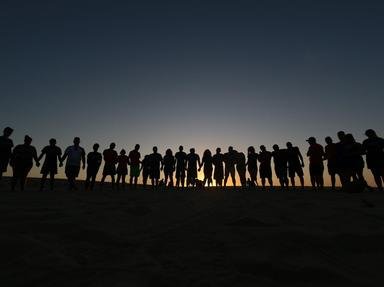Quiz Answer Key and Fun Facts
1. In his entire career, George Cukor received five Academy Award nominations for Best Director. His first nomination was for his film adaptation of a classic novel. What was the film?
2. George Cukor was known for working well with female film stars of Hollywood's Golden Era, but one actress in particular had the most success with him. He directed her in eight theatrical films, most famously in "The Philadelphia Story". Who was she?
3. George Cukor had another success in 1937 with the film "Camille". Who starred in that film?
4. In 1939, George Cukor was famously replaced by director Victor Fleming on "Gone With The Wind". Which classic did Cukor end up directing that year instead?
5. George Cukor directed the legendary Ingrid Bergman in only one film. And for that performance, she won her first Oscar. What was the film?
6. In 1947, George Cukor directed a film in which Ronald Colman played an actor so wrapped up in his portrayal of William Shakespeare's Othello, he actually assumes his evil tendencies offstage. What was the title of the film?
7. The Academy Award competition for Best Actress was fierce in 1950. The winner that year was directed by George Cukor. Who was it?
8. In 1954, George Cukor had a major success with a musical film that was a remake of a 1930's non-musical film. (It was remade again in 1976.) While Cukor was not Oscar nominated, the film received nominations for its lead actor and actress. What was the film?
9. After being nominated four times previously and not winning, George Cukor finally received an Academy Award for Best Director of 1964. Which of these films won him the Award?
10. After his Oscar victory, George Cukor would direct four feature films and two TV movies. His final film was released in 1981 and starred Candice Bergen and Jacqueline Bisset. What was the title of the film?
Source: Author
InXanadu
This quiz was reviewed by FunTrivia editor
Polaris101 before going online.
Any errors found in FunTrivia content are routinely corrected through our feedback system.

